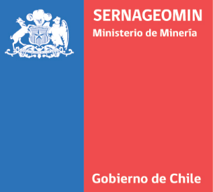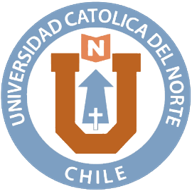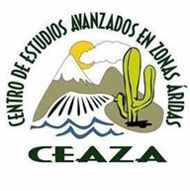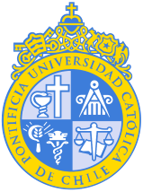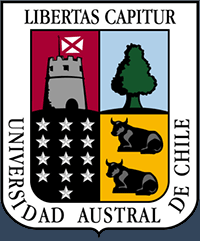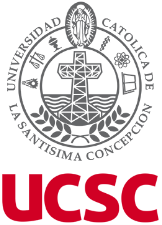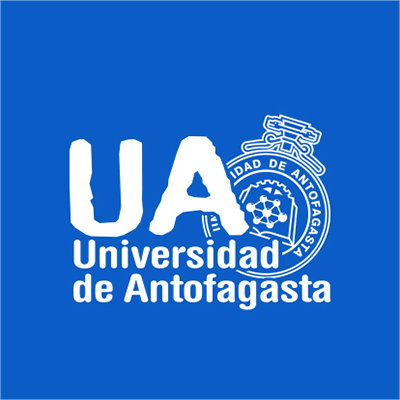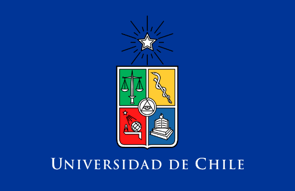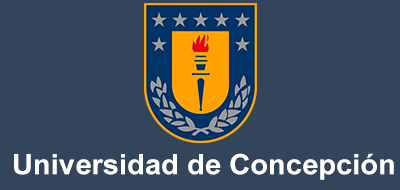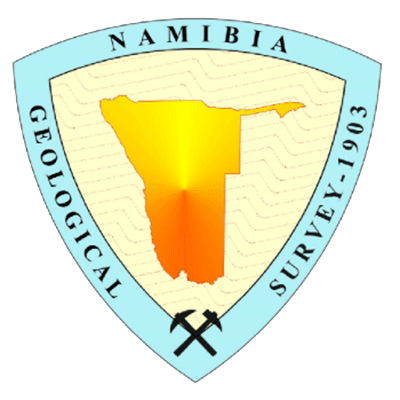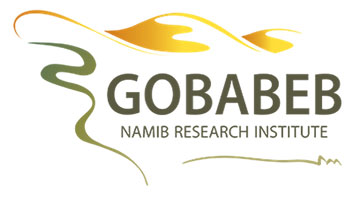Tracing and Dating the Role of Water Vapour in the Hyperarid Atacama and Namib Deserts from Miocene to Present with Novel Isotope Tools
Research areas: Geochemistry
Principal investigators: Prof. Dr. Michael Staubwasser, Prof. Dr. Carsten Münker
Project Info: Phase 3
We seek to apply a novel approach developed successfully during this CRC that combines quantitative stable water isotope paleo-hydrology and U-Th / U-Pb dating on the same samples of paleo-lacustrine gypsum. This approach eliminates systematic correlation and interpolation errors of commonly dated proxy records. U-Th dating allows to identify cluster ages of desert pluvials within the last three glacial‑interglacial Milankovitch cycles. U-Pb dating enables us to date desert pluvials older than 1 Ma. We demonstrate that fundamental hydrologic variables measurable today, such as relative humidity, and the isotopic composition of atmospheric vapour and of lake inflow – i.e. run-off and groundwater – are preserved in structurally bound gypsum water of geologic age. These variables can be quantified including statistical uncertainty intervals by fitting the Craig-Gordon isotope evaporation model to a series of paleo-water samples that experienced different degrees of evaporation within a terminal desert lake basin. By completing the record for the last 15 Ma on paleo-lacustrine sequences from the Atacama Central Depression (1000 masl) and Altiplano (4000 masl), we seek to identify the roles of local vapour advection and distal high-altitude run-off as major moisture sources to the central Atacama and relate the hyperaridity record to the genetic adaptation record of endemic C4 plants, e.g. Tillandsia landbecki. By applying the same techniques to travertine with fluid inclusions, we intend to compare the Atacama and Namib deserts, whose landscape evolution differed markedly over the late Cenozoic. Specifically, we seek to identify the roles of mountain uplift (Atacama only) vs ocean temperature and circulation change (Atacama and Namib) on late Miocene hyperaridification trends. In addition, we provide extensive isotope analytical service to eleven other CRC projects.
Parts of the Atacama Desert reached hyperaridity during the mid to late Miocene. Some parts already experienced most likely already hyperarid conditions. In order to avoid misunderstanding of the reviewer and a potential contractions to other subprojects, the locality for which this assumption is made might be beneficial.
Central Depression added
Phase 2
Stable isotopes: Development of a paleohumidity proxy from oxygen isotopes in Ca-sulfate hydration water
Research areas: Geochemistry, Climate research
Principal investigators: Prof. Dr. Michael Staubwasser
Based on the PI’s group’s fundamental work in the first CRC‐phase on the systematics of triple O‐isotope fractionation during evaporation, the mass dependent 17O‐excess parameter measured in structurally bound water extracted from lacustrine gypsum sediments can be shown to allow for the principal quantification of past humidity. Our first analysis of the total water isotopes (1H, 2H, 16O, 17O, 18O) in multiple selenite gypsum samples taken along individual stratigraphic units of Pliocene lacustrine deposits in the Atacama Desert suggest the potential to quantify the climate mean state of the past with absolute values for temperature, humidity, and a parametrized value for wind speed from evaporation trajectories in the above five isotope space.
In the second CRC‐phase, I propose to investigate the evaporation systematics of total water isotopes from gypsic and salic soils forming throughout the Central Depression and on alluvial fans typically progressing from the Coastal and Pre‐Andean Cordilleras. The objective is to apply total water isotope analysis to the entire gypsum depositional facies of pedogenic and lacustrine gypsum in order to achieve a quantitative reconstruction of climatic mean states since the desert’s formation in the Miocene. The first systematic application will be a comparison of the Miocene Batea formation, the Pleistocene Soledad formation, and the present state along the past and present basins along the Rio Loa. Total water isotope analysis will be complemented by elemental andmineralogic analysis of soil salts, and by analyzing mass‐independent fractionation in sulfate and nitrate oxygen. In order to cover the extremes of past Atacama climate variability, I also propose to explore the potential of climate mean state reconstruction from total water isotope analysis to the full range of lacustrine sediments known from the Atacama Desert, including halite and diatomite ‐ the latter a possible expression of past pluvial conditions. In halite, the analysis would be done on commonly present fluid inclusions. In diatomite, this would be done on Si‐bound oxygen after fluorination, and on Si‐bound hydroxyl groups extractable by heating.
Both types of analysis are routinely utilized in classic water isotope geochemistry by the community, so that the effort would focus on adaptation and modification of these techniques to ensure reproducible triple O‐isotope analysis.
Phase 1
Stable isotopes: Development of a paleohumidity proxy from oxygen isotopes in Ca-sulfate hydration water
Research areas: Geochemistry, Climate research
Principal investigators: Prof. Dr. Michael Staubwasser, Dr. Daniel Herwartz
This study seeks to systematically investigate aqueous isotope exchange of 16O-17O-18O and H-D between crystal water of hydrated Ca-sulphates (gypsum, bassanite) and principal types of Atacama desert water (water vapor, fog water, salt lakes and plant water). The purpose of this study is to determine if humidity- a key environmental parameter in deserts - can be directly inferred from the isotopic composition of gypsum hydration water (GHW) and plant water.
After determination of the respective fractionation factors we aim to conduct experiments on possible exchange dynamics between gypsum powder and fog water. Selected transects and profiles will be investigated to test the theoretical and experimental constraints. We hypothesize that the purely mass dependent variation in 17O-excess can be used as a paleo humidity proxy.
In our pilot study we discovered that not only SO4 but also gypsum crystal water can carry a massindependent (MIF) 17O signature. This water carries a low δD signature (-100‰) implying that some crystal water in the Atacama is of stratospheric origin. In this project we aim to quantify the proportion of this stratospheric water (and thus gypsum) within natural samples and to determine how resistant this 17O enriched crystal water is to isotopic exchange. Such MIF water is probably only preserved under hyper arid conditions and may serve as a tool to identify (paleo-) hyper arid conditions.
Finally we suggest to analyze plant water to test (1) if plants utilize GHW as a water source and (2) if humidity can be inferred from the 17O-excess in leaf and stem water.
Former Members:
- Prof. Dr. Michael Staubwasser (Principal Investigator)
- Dr. Daniel Herwartz (Principal Investigator)
- Jochen Scheld (Technician)
Publications
SlidersProject D3 - Publications
Articles
Voigt, C., Herwartz, D., Dorador, C., Staubwasser, M., 2021.
Triple oxygen isotope systematics of evaporation and mixing processes in a dynamic desert lake system.
Hydrology and Earth System Sciences. 25, 1211 - 1228. DOI: https://doi.org/10.5194/hess-25-1211-2021.
Voigt, C., Herwartz, D., Dorador, C., Staubwasser, M., 2020.
Triple oxygen isotope systematics of evaporation and mixing processes in a dynamic desert lake system.
Hydrology and Earth System Sciences. 1 - 26. DOI: https://doi.org/10.5194/hess-2020-255.
Voigt, C., 2020.
Tracing the water cycle in the Atacama Desert using water isotopes (δ2H, δ17O, δ18O) and pedogenic salt distributions.
Universitäts- und Stadtbibliothek Köln. 1 - 149.
Voigt, C., Klipsch, S., Herwartz, D., Chong, G., Staubwasser, M., 2019.
The spatial distribution of soluble salts in the surface soil of the Atacama Desert and their relationship to hyperaridity.
Global and Planetary Change. 184, 1 - 13.
Herwartz, D., Surma, J., Voigt, C., Assonov, S., Staubwasser, M., 2018.
Triple oxygen isotope systematics of structurally bonded water in gypsum.
Geochimica et Cosmochimica Acta. 209, 254 - 266. DOI: 10.1016/j.gca.2017.04.026.
Surma, J., Assonov, S., Herwartz, D., Voigt, C., Staubwasser, M., 2018.
The evolution of 17O-excess in surface water of the arid environment during recharge and evaporation.
Scientific Reports. 8 (4972), 1 - 10. DOI: 10.1038/s41598-018-23151-6.
Event Paper
Bouhdayad, F., Menezes Freire, T., Auer, G., Carballeira, R., Herwartz, D., Scheidt, S., Leicher, N., Wennrich, V., Albert, R., Gerdes, A., Petersen, J., Nielsen, S., Rivadeneira, M. M., Grunert, P., 2023.
Stratigraphy and depositional environment of Neogene diatom-rich sediments (Bahía Inglesa Formation) at Quebrada Tiburón, northern-central Chile.
Proc. of EGU General Assembly 2023, April 23 - 28, 2023, Vienna, Austria, 9253 - 9253.
Data
Project D3 - Research Data
Voigt, C., Herwartz, D., Dorador, C., Staubwasser, M., 2021.
Isotopic and ion concentration data of ponds and pan evaporation experiments conducted at the Salar del Huasco.
CRC1211 Database (CRC1211DB). DOI: 10.5880/CRC1211DB.36.
Voigt, C., 2020.
stable isotope data of pan evaporation experiments at selected sites in the Atacama Desert 03/2017 vs1.
CRC1211 Database (CRC1211DB).
Voigt, C., 2020.
stable isotope data of pan evaporation experiments at Salar de Llamará 09/2017 vs1.
CRC1211 Database (CRC1211DB).
Voigt, C., 2020.
stable isotope data of pan evaporation experiments at Salar del Huasco 09/2017 vs1.
CRC1211 Database (CRC1211DB).
Voigt, C., Klipsch, S., Herwartz, D., Chong, G., Staubwasser, M., 2019.
Results of total soil chemical analyses on bulk sediment samples from the Atacama Desert.
CRC1211 Database (CRC1211DB). DOI: 10.5880/CRC1211DB.28.
Voigt, C., 2019.
Atacama samples - description.
CRC1211 Database (CRC1211DB).












